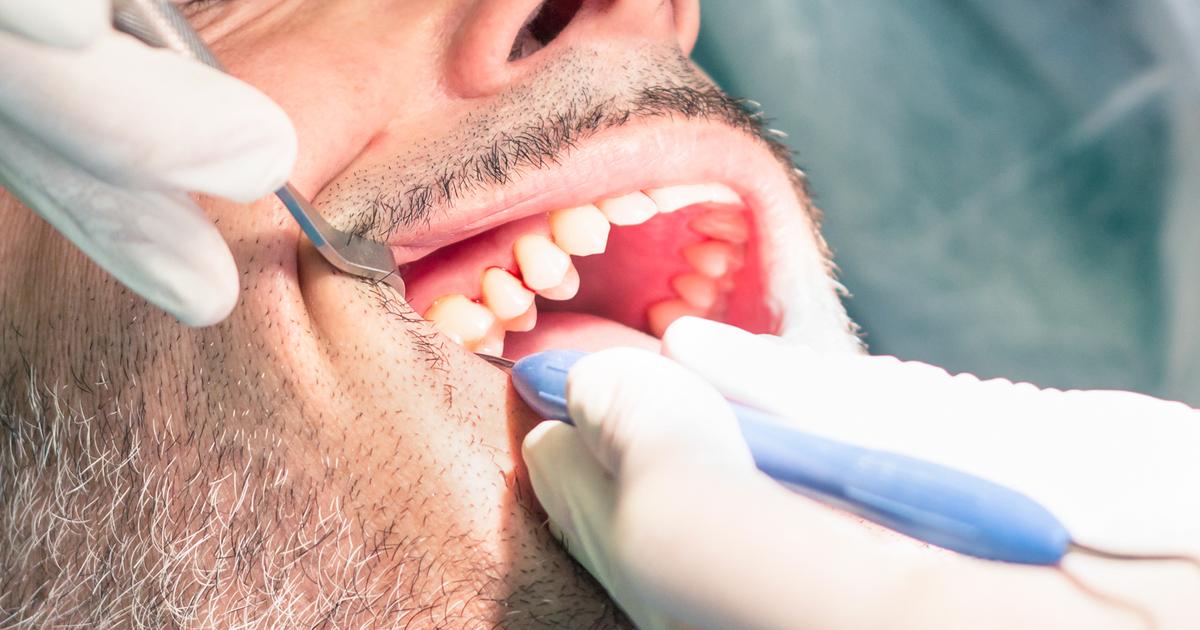How To Effectively Treat Receding Gums
Receding gums occur when the gums pull away from the surface of the tooth, exposing the root surfaces of the teeth. Receding gums are one indication of periodontitis. If the underlying cause of the recession isn't treated, affected individuals may lose their teeth. The good news is, multiple treatments are available. The best treatment will vary depending on how advanced the patient's condition is. More serious treatment may be necessary in cases where there's been significant tissue loss. If individuals notice their gums receding, it's important to seek medical help right away. Dentists and periodontists are capable of diagnosing and treating all forms of gum disease. According to the California Dental Association, three in four adults have some kind of gum disease.
Improved Dental Hygiene Practices

The first line of prevention and treatment for receding gums is improved dental hygiene practices. This won't necessarily help the damage that's already been done, but it can help prevent further damage from occurring. If patients have an underlying infection, they'll still need a dentist to help treat the condition. Individuals should be brushing their whole mouth when they brush their teeth. Rather than just getting the surfaces of their teeth, individuals should brush their gums, tongue, and the roof of their mouth. But everyone needs to make sure they aren't brushing aggressively. It doesn't take much pressure to clean well! Brushing too hard can actually cause receding gums and other oral health issues. Individuals should generally brush twice a day and floss once daily to remove plaque between the teeth. Additionally, patients should visit their dentist regularly for cleanings and checkups. An ideal schedule is once every six months.
Tooth Scaling And Root Planing

Tooth scaling is a type of dental cleaning that helps patients who have receding gums and other forms of gum disease. Standard dental cleanings help with the tooth's surface. But a scaling gives patients a much deeper clean, as it moves below the natural gumline to help remove plaque built up around the gums. Scaling and root planing are often called deep cleaning. Patients won't typically receive this type of clean at a normal checkup. Dental scaling is usually recommended when individuals have dental pockets of four millimeters or greater. These pockets occur in gum disease and cause the teeth to separate from the gum line. In addition to loosening teeth, the pockets can fill with plaque. The bacteria in the plaque causes an infection that leads to serious tissue damage. Scaling is necessary to remove the plaque patients can't get with a normal toothbrush. Two methods are typically used to scale teeth. The first is to use handheld tools to manually scrape out the plaque. The second is to use an ultrasonic tool that gives off vibrations that chip away plaque while the pocket is flushed with water.
